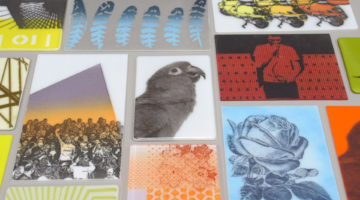
Photoshop for Powder Printing L150
The digital universe is about to become your analog playground. In this video lesson, you will learn how to convert digital images into film positives using Adobe Photoshop.

The digital universe is about to become your analog playground. In this video lesson, you will learn how to convert digital images into film positives using Adobe Photoshop.
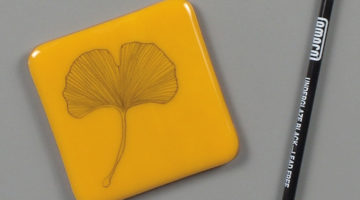
In this project-based lesson, we use a ceramic underglaze pencil to decorate coasters with ginkgo leaves.
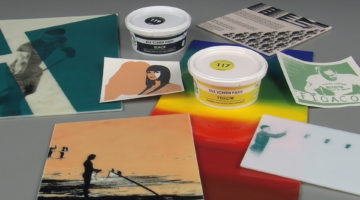
In this lesson, we'll explore how to print on glass using using Color Line Screen Pastes. These are ready to print directly out of the container and do not require ventilation or a respirator.
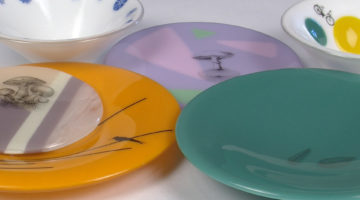
Learn the basics of working with Milestone decals, tips for applying them to sheet glass, and how to fire them for the best results.
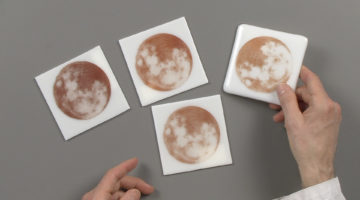
In this project-based lesson, we will demonstrate how to make a photograph into a laser-printed decal to be fired onto glass, to make a fused and slumped plate.
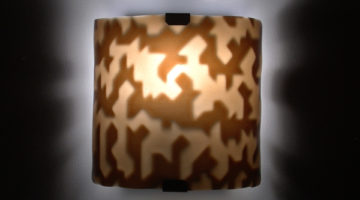
In this lesson we'll demonstrate how to design and fabricate your own lighting sconce.
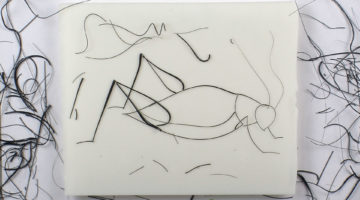
3 artists were each given half-sheets of white glass, a pile of vitrigraph stringers, one word and time to draw with those stringers. This video is the result.
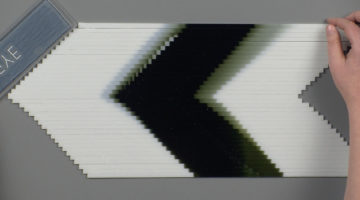
Learn about the characteristics of Cascade sheet glass, methods for cutting narrow strips, and how to make a plate with a chevron design.
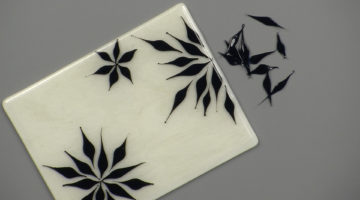
Here, we'll discuss how flameworking can be combined with kilnforming to achieve effects that range from representational to abstract.
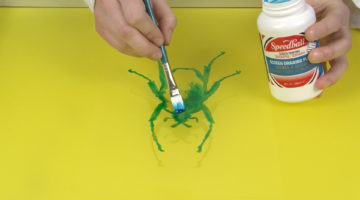
In this lesson, we'll explore a printing method that uses screen filler and drawing fluid.
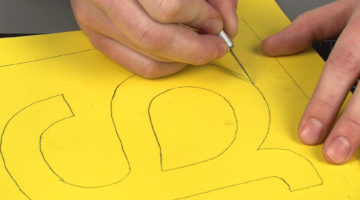
In this lesson, you will learn what kinds of imagery are best suited to the hand-cut stencil method, the process of preparing the image on vinyl, transferring it to the screen, and how to clean up materials when you're finished
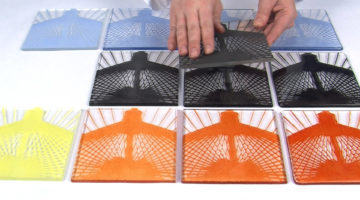
Powder printing allows artists to produce archival images on glass with a range of colors, textures, and layers of transparency. This lesson is based on Stacy Lynn Smith's approach to powder printing.